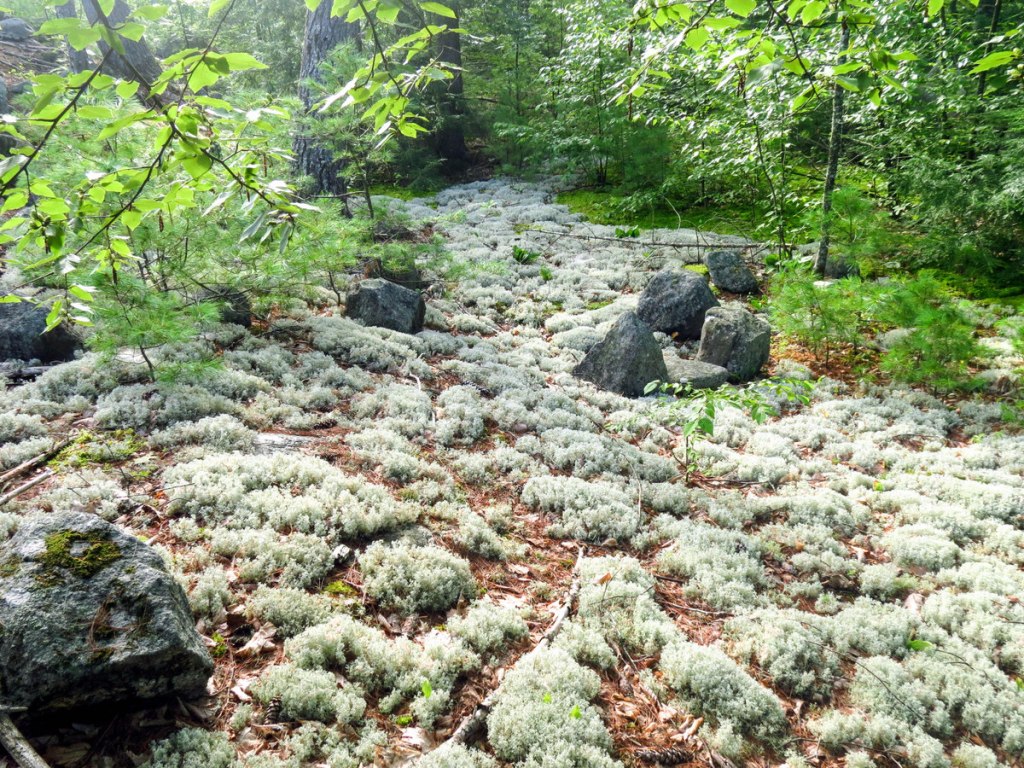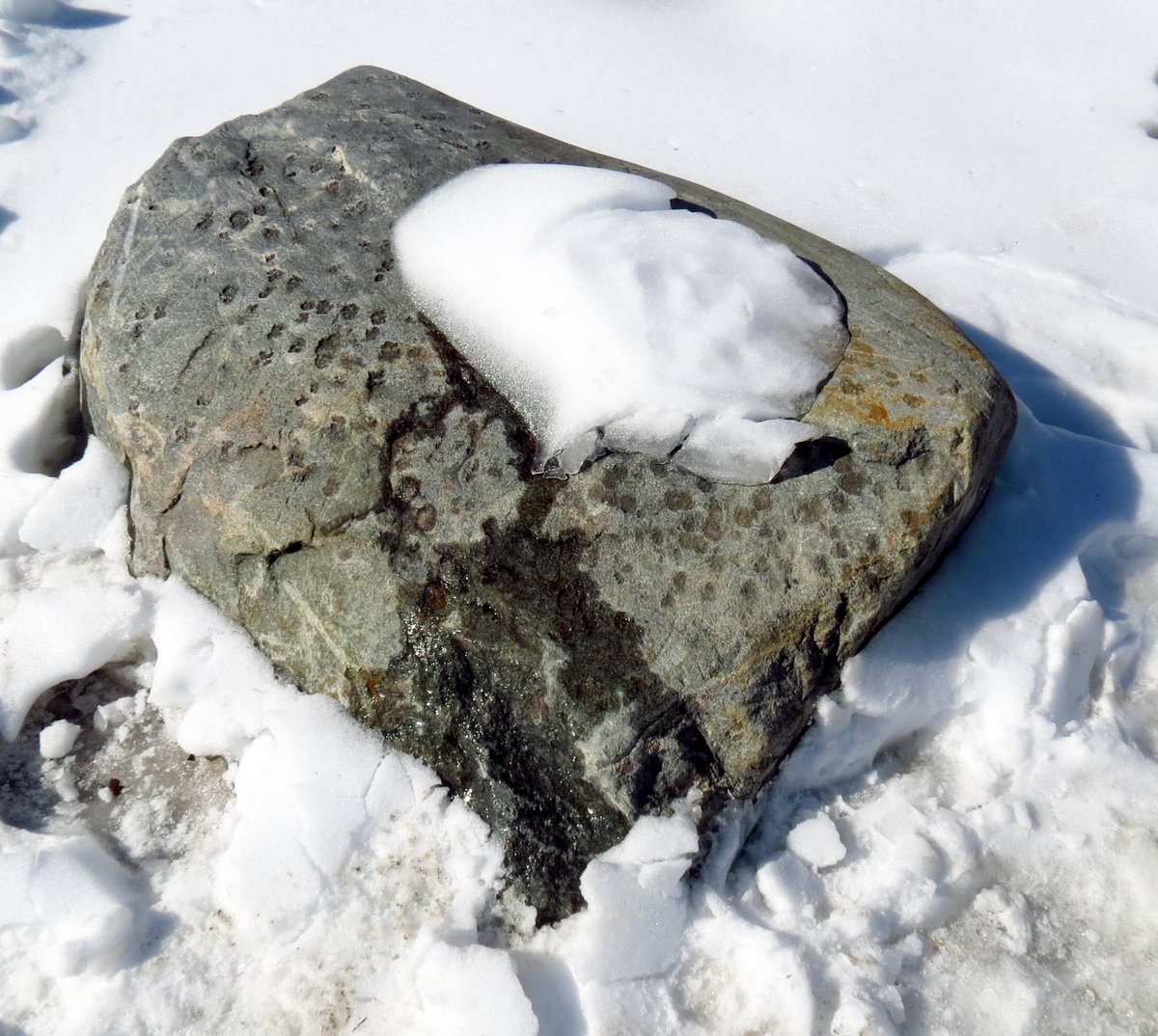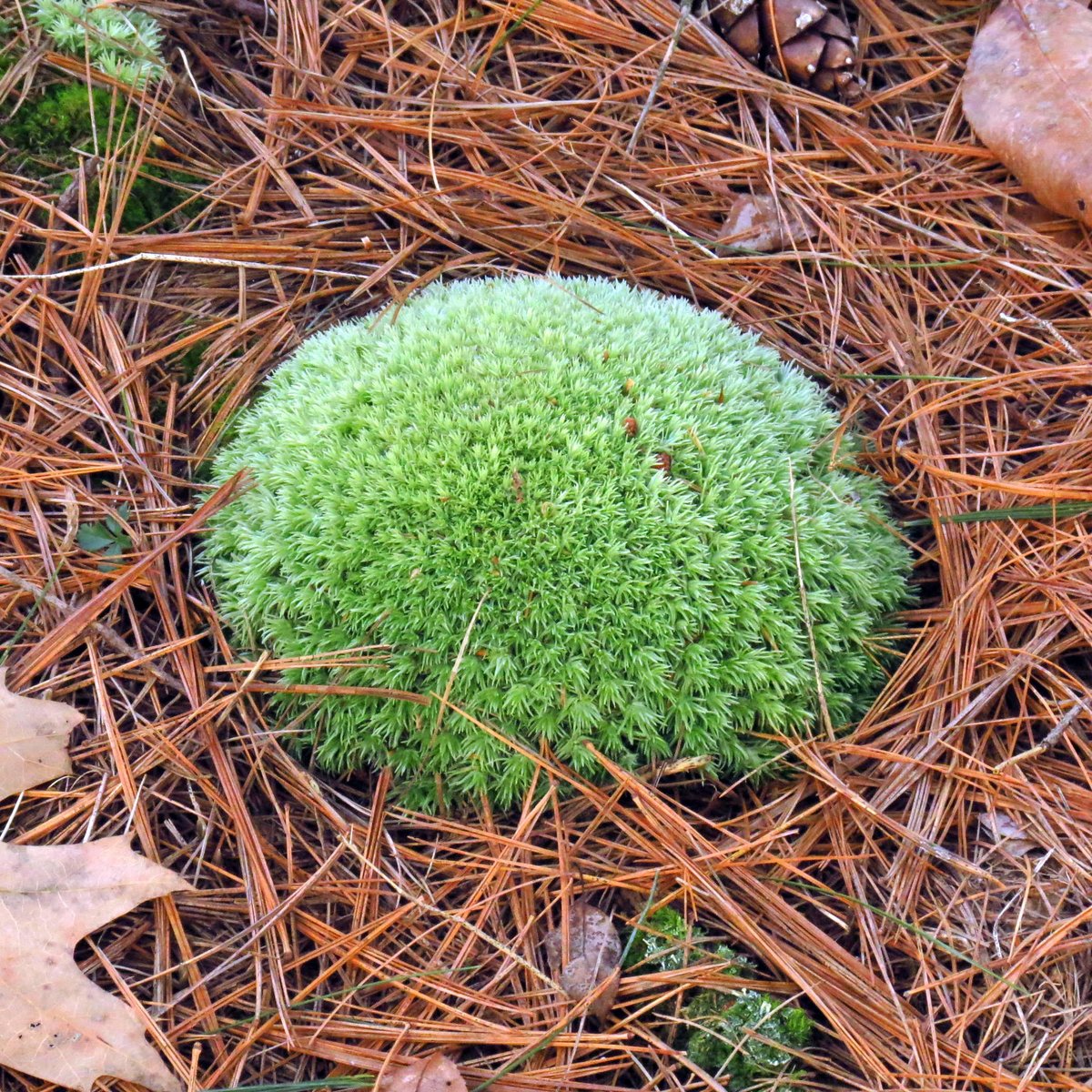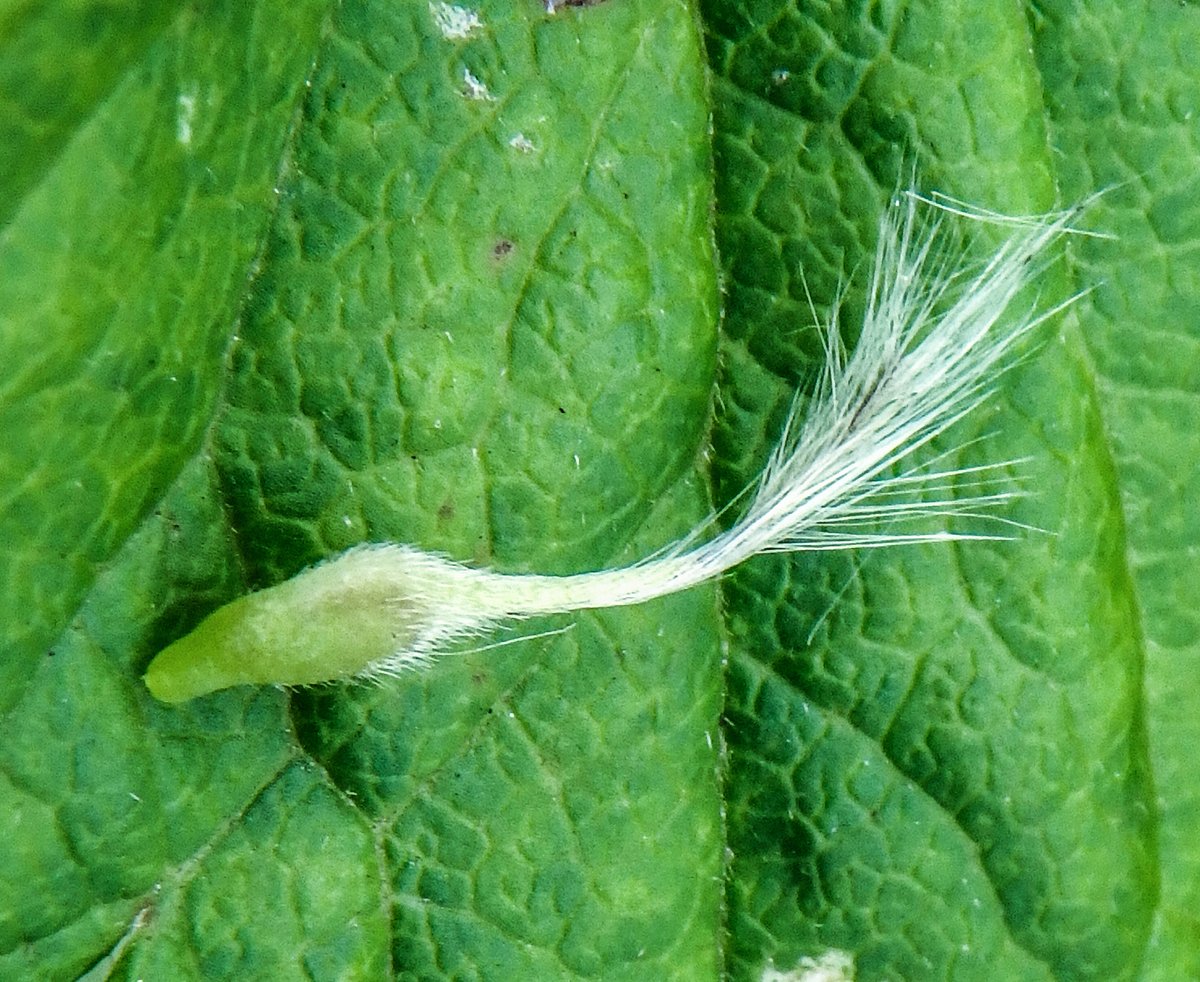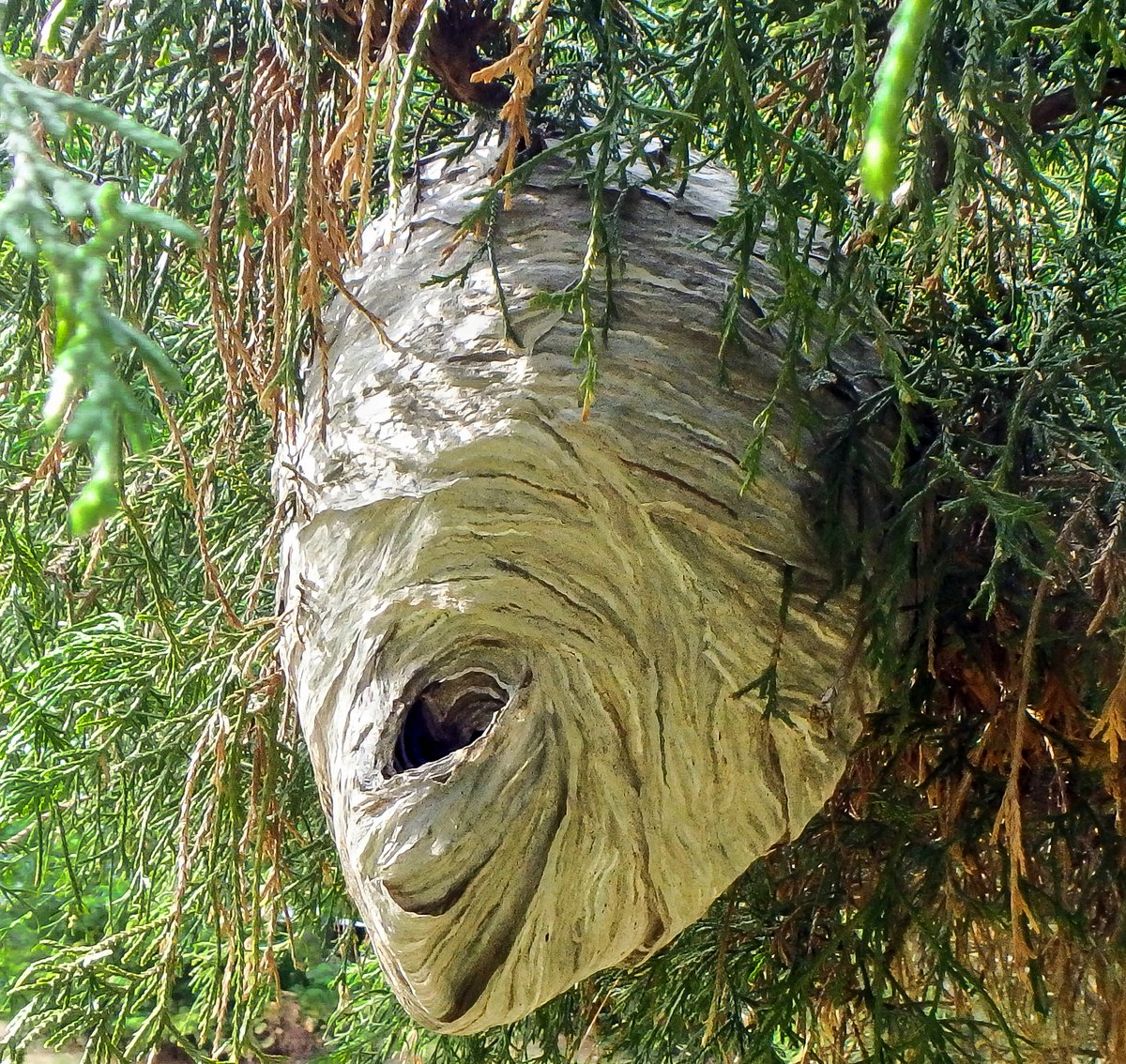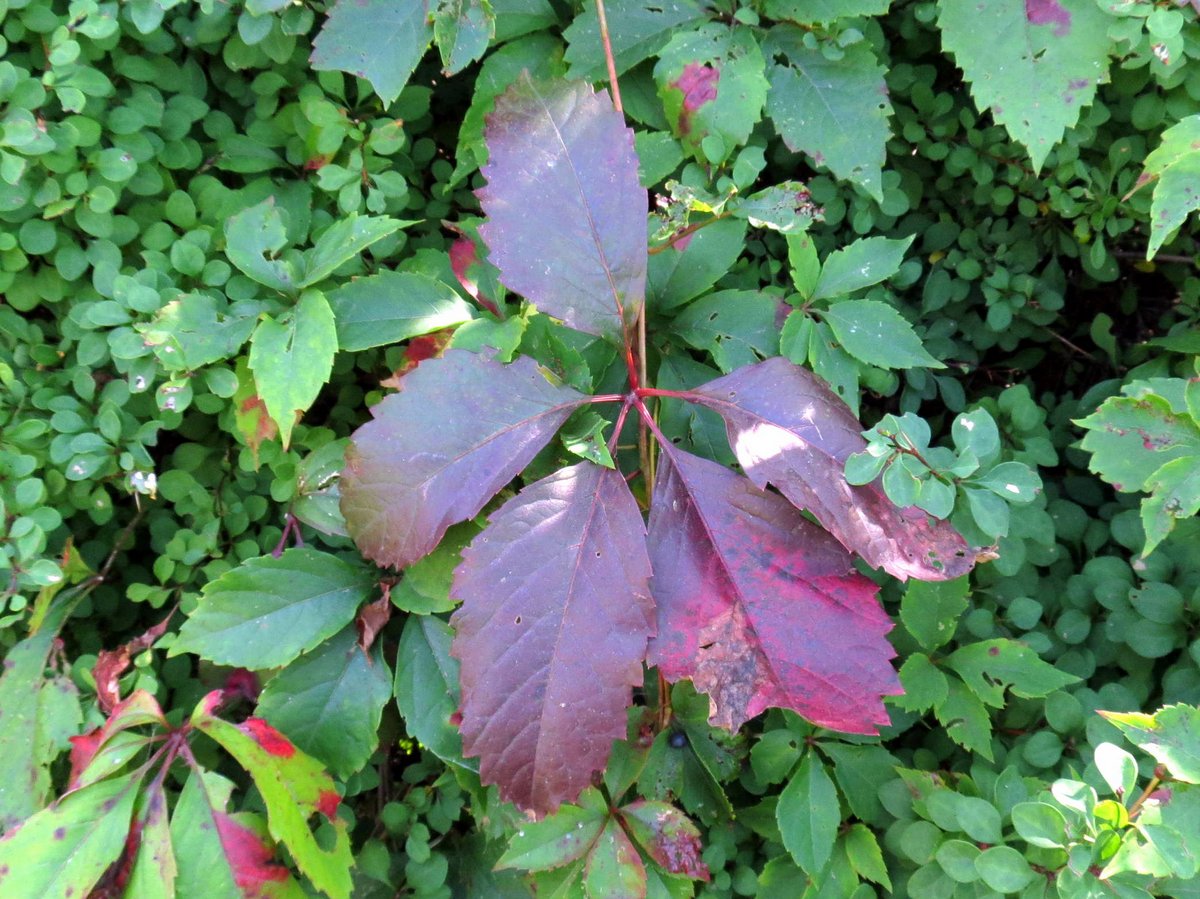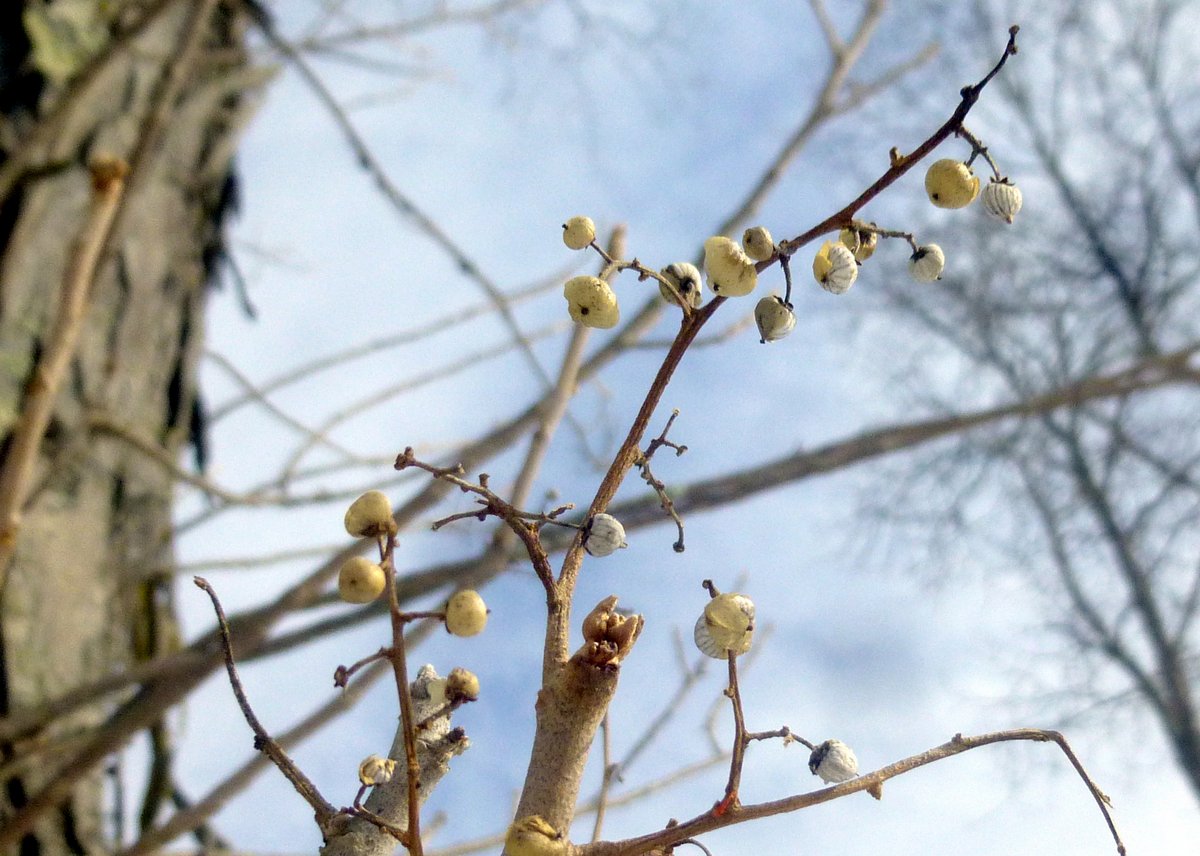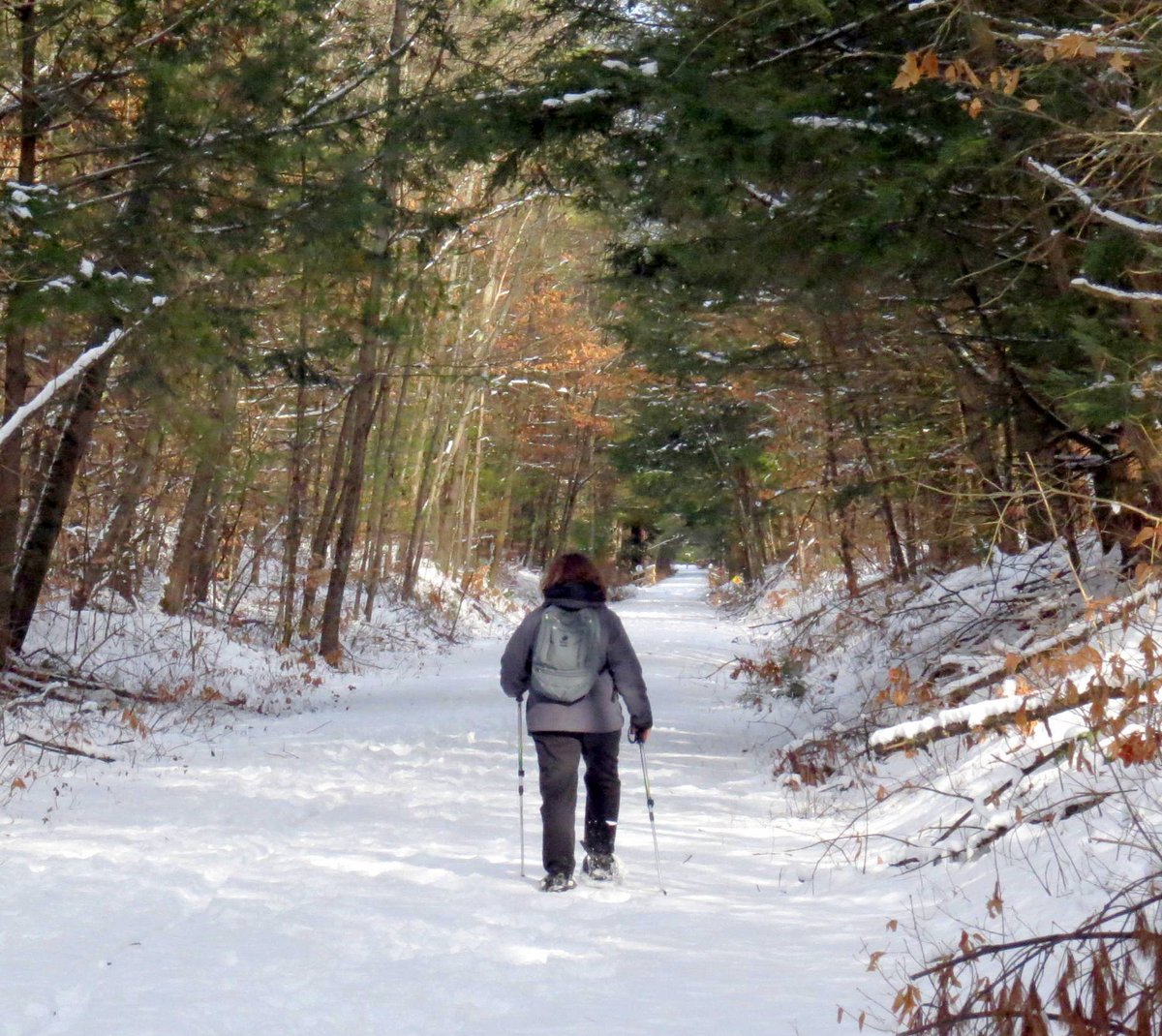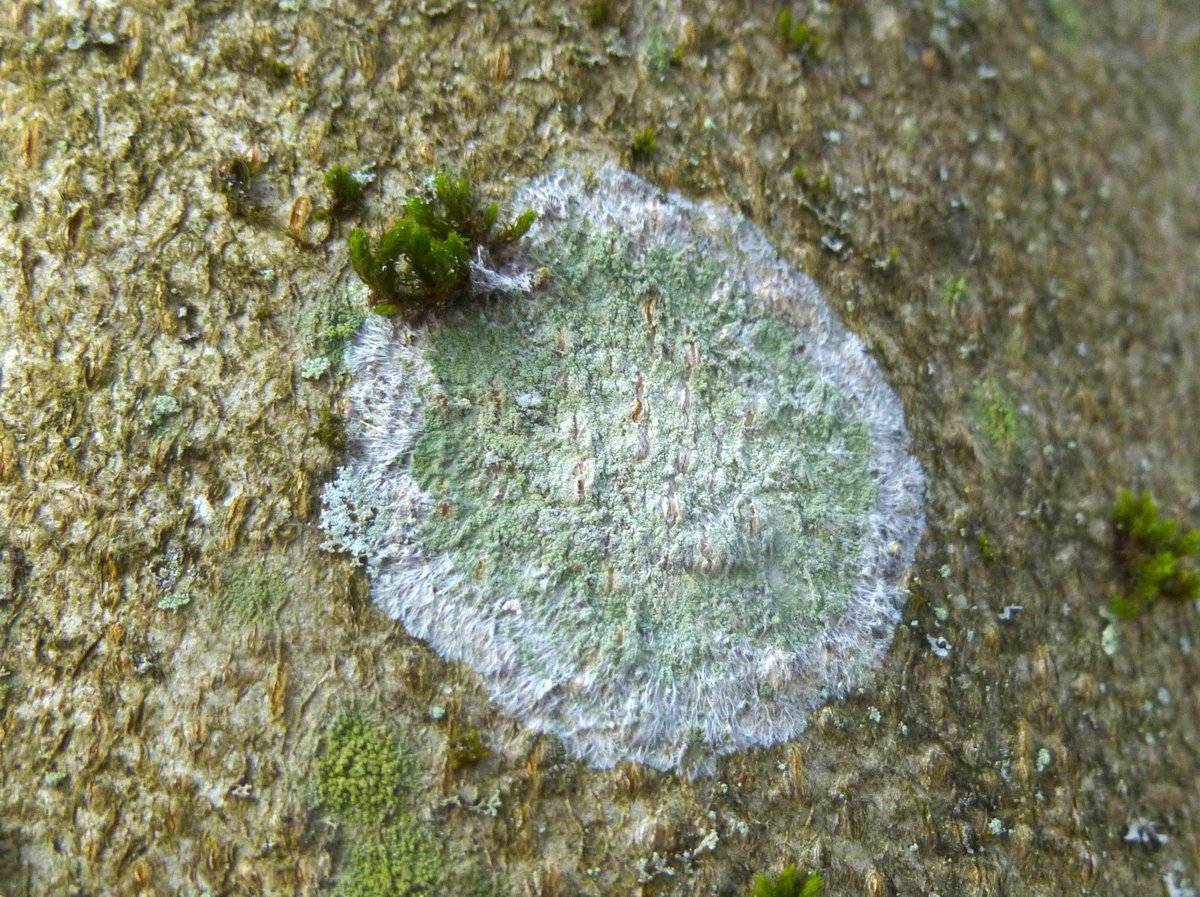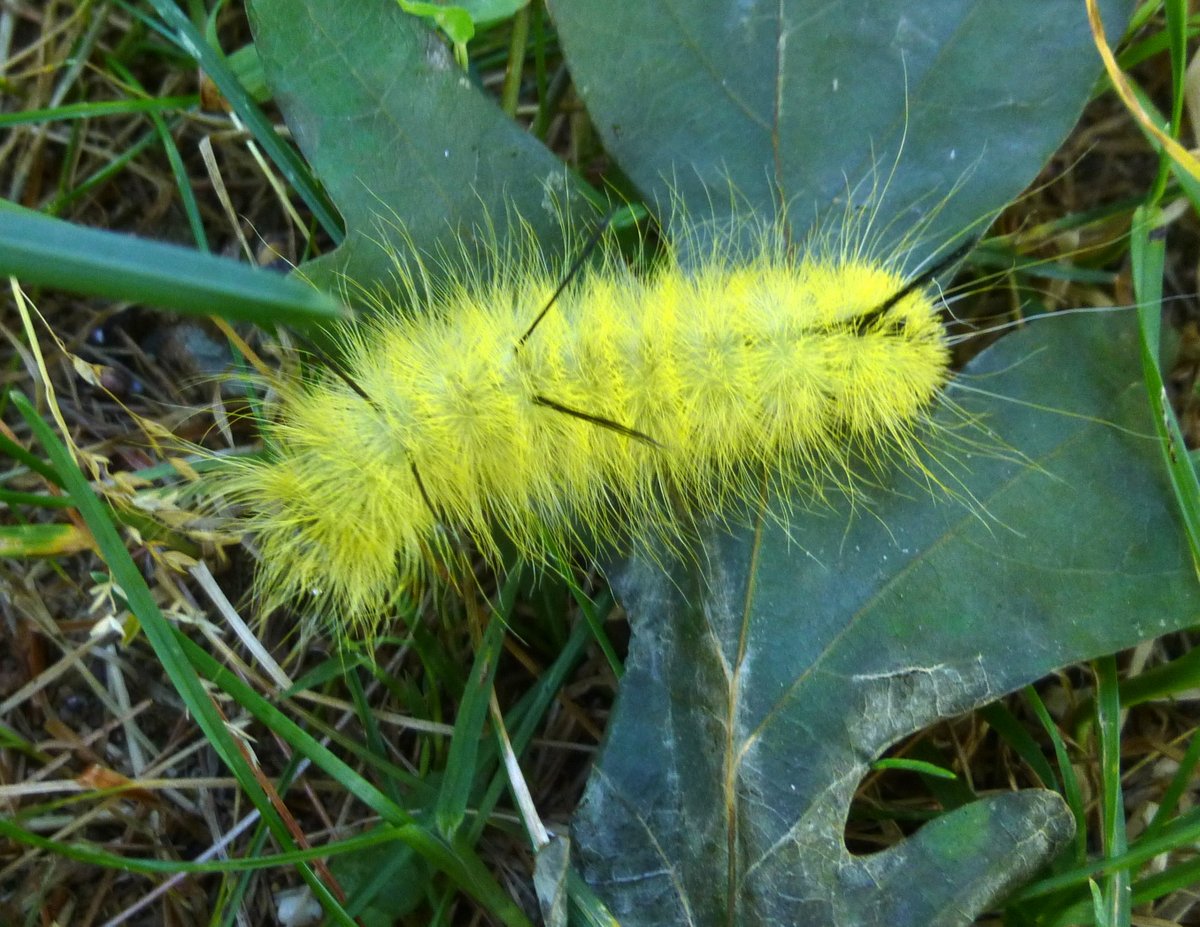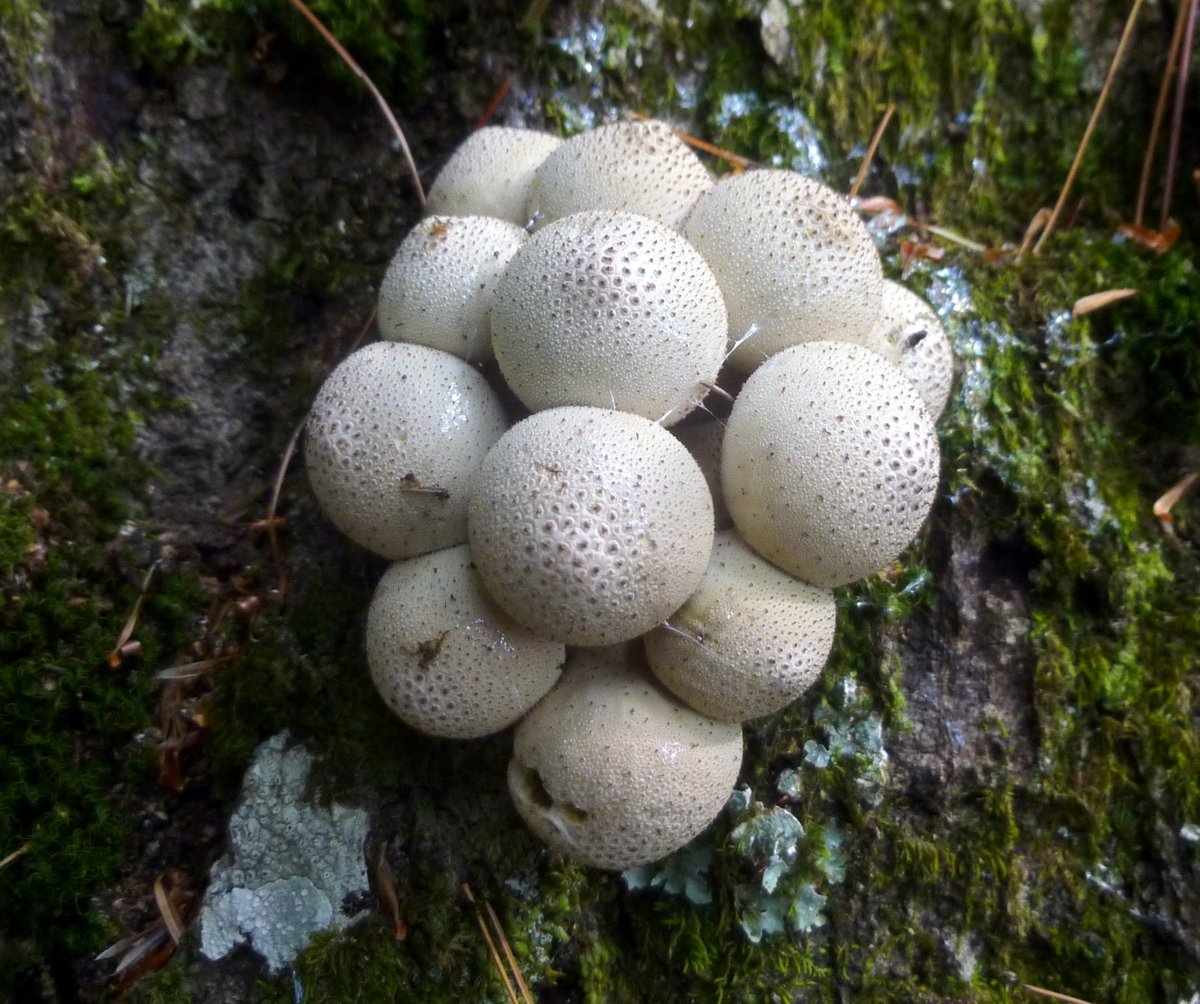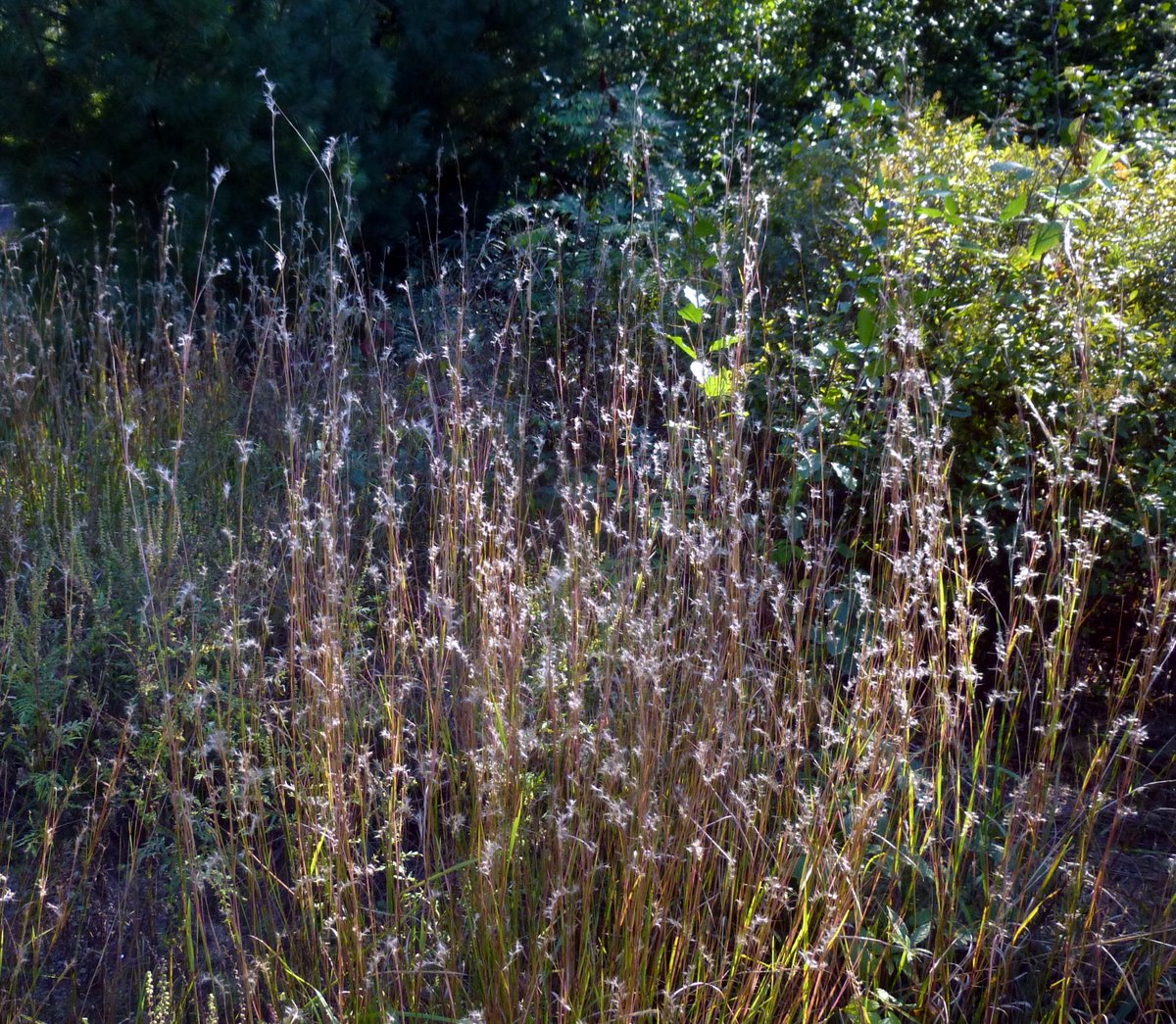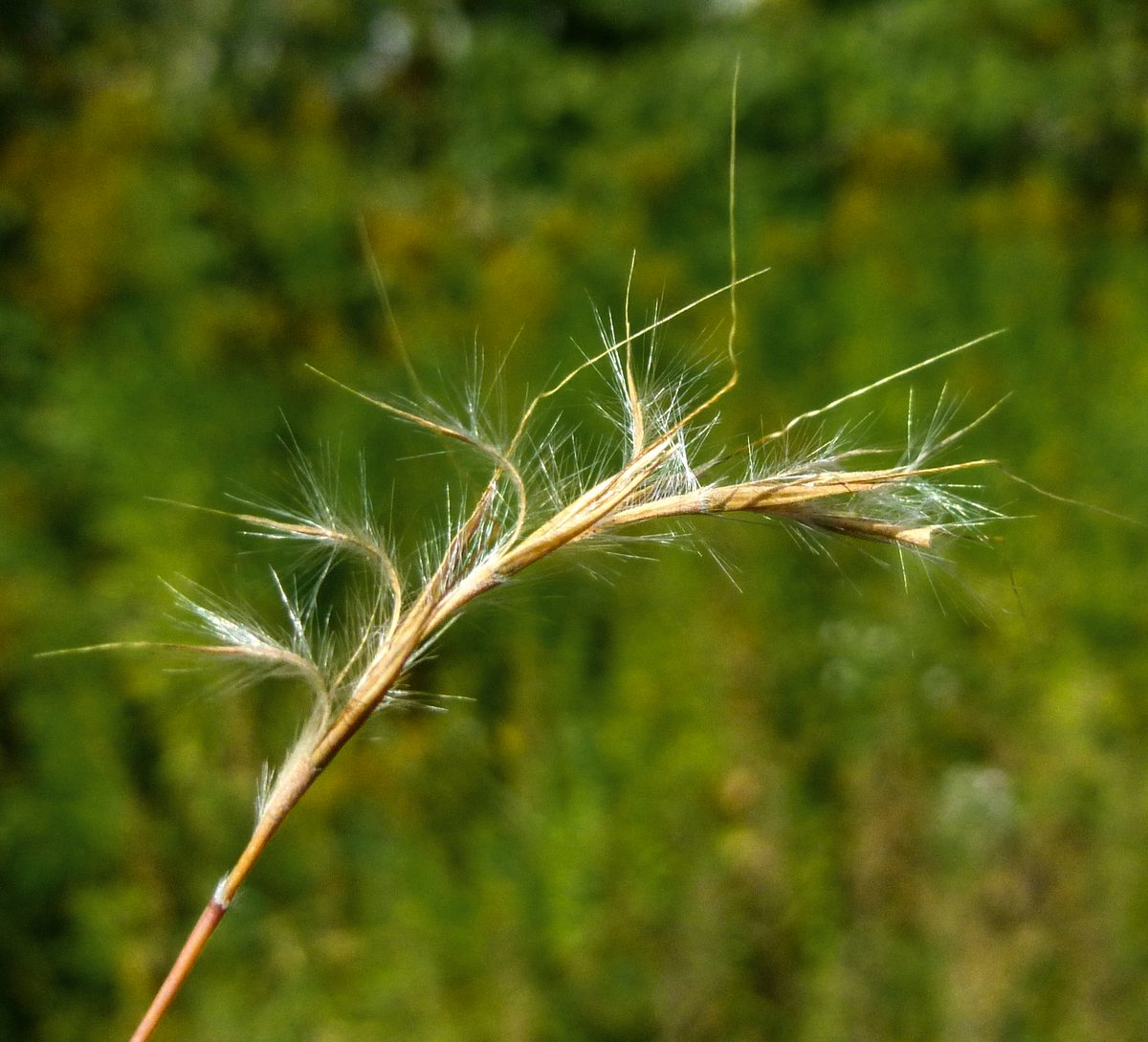
This post won’t be as cold as the last one from the Westmoreland deep cut but you might still want to keep your sweater on. It’s -10 F. as I start this post but the above photo of the outlet on Half Moon Pond in Hancock was taken on a balmier 20-degree morning just after an ice storm. We’ve had a few of those as well.

I think I’ll remember this winter as one of near constant ice. It is everywhere and seems to cover everything, as this poor lowbush blueberry shows. The ice is keeping me from climbing any hills and making me check to see if I have my micro spikes any time I go outside.

I took a few steps out onto the ice of Half Moon Pond without spikes on and found it so slippery I thought I’d have to drop to my knees and crawl back to shore. It was all I could do just to stand still but the skaters loved it. One even had a sail, so the wind did all the work. If you need wind, this is the place to come. Sometimes the wind will scream across the pond with enough force to nearly tear a half open door right off its hinges. It howls through here and makes a howling sound, just like in the movies. I always wonder if Native Americans were afraid of places with howling winds and twanging ice like this place has. When that ice starts in with its creaking, twanging and pinging it can sound downright eerie, but you do get used to it.

I decided to stay on shore where I could stand upright and marvel at the designs in the ice. I can’t imagine what would have made such strange shapes.

Before the pond froze over as each wave reached the frozen sand on shore its leading edge would freeze and over time all the frozen wave edges intertwined and created these rope-like structures. This was the first time I had ever seen this happen.

I tried a few times to show the way the ice on the trees reflected the light in colors, as if millions of tiny prisms lined the branches, but though it’s an easy thing to see making the camera see it is not quite so easy. That’s too bad because it can be one of the most beautiful scenes found in nature in the winter.

In a recent post I did on buds I told how the bud’s scales protected the bud from water and ice infiltration, but after seeing something like this it always amazes me that the buds can survive at all. The new leaves and flowers that appear in the spring though, show that they’re a lot tougher than we might think.

Not a single bud or branch can escape ice like this. Anything over a quarter inch in ice thickness starts bringing down branches, and the branches bring down power lines. That’s why an ice storm can be such a terrible and beautiful thing.

The ice I could get close to looked quite thick but I didn’t see too much damage from this storm. I saw just a few smaller limbs down.

I saw a long-necked dinosaur eating an oak leaf in a frozen puddle.

This was the scene in another puddle. I can’t imagine how such things happen. It’s as if the skin of the ice is disappearing and leaving behind its skeleton.

Little bluestem grass looks so fragile, but here it took a plow full of heavy wet snow and didn’t flinch. I love to see a field full of little bluestem in the snow.

This is another failed attempt at showing you all of the colors that shine out at you from an icy forest. One day I hope to capture it because it’s a very beautiful thing to see. It’s one of those things in nature that make you just want to stand and look and marvel at the incredible beauty that surrounds us.

But most times, rather than just standing and looking into the woods I like to go into them, because things like this are much easier to see. This is one of the reddest examples of red bark phenomenon that I’ve ever seen. The color is caused by algae growing on the tree bark, and it being studied by scientists all over New England. It isn’t always red; it can be orange as well. It affects all kinds of trees, both conifers and deciduous, and many different species. It can also appear on stones and is even present in many lichens. So if you see a tree with red bark there isn’t anything wrong. It’s just algae looking for a place to perch. What might be wrong I’ve read, is what is causing the algae to want to perch on tree bark in the first place. It is a relatively recent phenomenon, happening within the last 20 years. Some think climate change, others simply don’t know. I notice it more and more, especially on eastern hemlock trees.
NOTE: A knowledgeable friend tells me that this red bark could also be the tree’s “under bark” which can become exposed when woodpeckers go probing for larvae on a tree. I’ve never heard of this so I’ll have to look more closely next time I see it. If this was done by a woodpecker that was a determined bird, because it was a very large area on the tree.

Here was something I had never seen; a large hemlock scar had healed nicely but it was covered with white frost, while frost couldn’t be seen on any other part of the tree. It’s something I can’t explain. Maybe the bark of the healed wound was moister than the older, thicker bark that surrounded it. Somehow, something attracted the frost.

One of the many things I see in winter is how the sun has heated a leaf or a twig enough so it melts itself down into the snow. This was a hemlock twig, which was barely larger in diameter than a piece of cooked spaghetti. How so much heat can be absorbed by what is a relatively small area is unknown to me, but I see it happen all the time.

I saw a strange something or other on a tree and though I had a feeling that it must be a lichen, I wasn’t sure. I had never seen anything like it so since I have a friend who has literally written the book about the lichens in his area, I sent him photos. He almost immediately identified it as Trypethelium virens, which I later found out is called the beech sucker or the speckled blister lichen. They grow on beech trees and the best time to spot them is in the winter, so that’s another good reason to go into the woods in winter. It’s a pretty lichen that was quite large and easily seen; maybe 2 inches across.

I found a curious little forest sprite face peeking out from the fringe of this example. From what I’ve seen online the appearance of this lichen can vary by quite a lot.

I went to the Ashuelot falls to get some shots of ice pancakes but I was too late. The river had frozen over and all I saw were icebergs at the floor of the falls. It was still a worthwhile trip though, because the water going over the falls looked like honey in the sunlight.

While at the river I saw black locust seed pods blowing around on top of the snow. They always seem to fall from the trees in the winter so there was nothing remarkable about that. What is remarkable is how such a big tree can come from such a small seed. They can’t be much more than a quarter of an inch long. They are obviously in the legume family along with beans, peas and so many other plants.

I’ve always loved how the white snow makes water look so dark in winter, so I hung by the side of this dark pool long enough to almost make me late for work. Of course I tried to get that perfect photo, and never did.

This last shot is from nearly the same spot as the first one in this post. It shows the difference over the course of almost a month and surprisingly, except for the addition of a little snow in this last shot, it didn’t change that much. Since we’re supposed to be in for a good old fashioned nor ‘easter today, it may change quite a lot. Stay warm and stay safe, wherever you happen to be.
Nearness to nature keeps the spirit sensitive to impressions not commonly felt, and in touch with the unseen powers. ~Charles Eastman
Thanks for stopping in.

